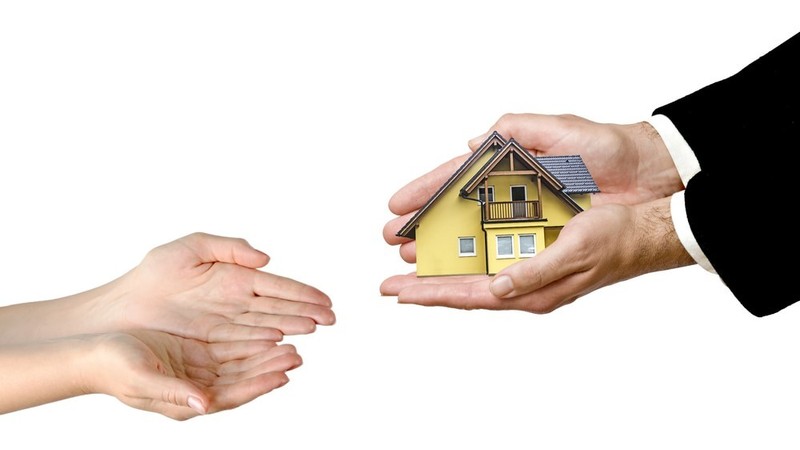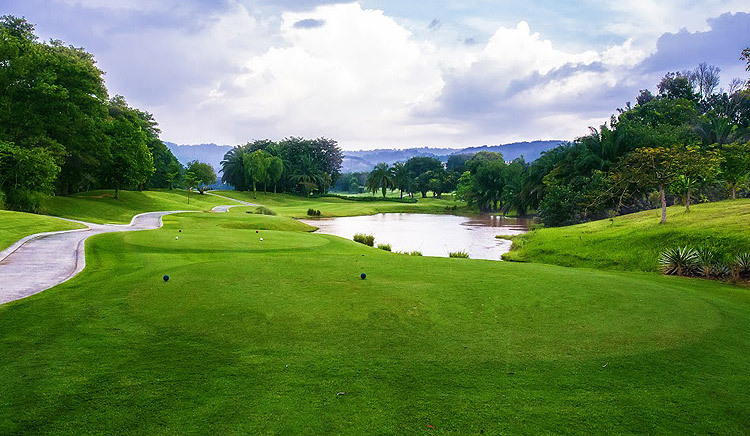The bolded and centrally-placed words of “FREEHOLD” is commonly seen on everything from billboards and brochures to website banners promoting new developments. But why do developers think it’s so important that you know the property they are selling is freehold? Why do people scramble to get their hands on freehold properties?
Well that’s because one of the first things we learn about property is to only buy freehold. We’ve heard the same advice from others ranging from your parents to co-workers, real estate negotiators to bank officers or even read articles online about how important it is to buy freehold. With so much emphasis paced on this status, the idea that freehold tenure is an essential trait for a property worthy of our hard-earned money is truly reinforced.
Understanding Freehold and Leasehold Tenure

Freehold
In simple terms, freehold tenure is where you have the right to ownership of a property until the end of time. This means that you could pass on the property to your children or anyone else after your death and they can pass it on to their children, and then their children, followed by their children or whoever they choose and then their… you get the point.

Leasehold
Leasehold on the other hand, means that technically, you are not the owner of a property/land. You are merely leasing it for an amount of time (in Malaysia, it is commonly the maximum of 99 years when the property is new). That amount of time could also be less if you buy a pre-owned property (e.g.: 20 years ago, the tenure for a property was 99 years, when you buy it this year, you are left with 79 years).
When you reach the end of the tenure, an application to extend the lease will then have to be submitted to the state government, where if approved, you will have to pay a fee (based on the market value of that property/land at the time).
Five Common Assumptions About Freehold and Leasehold Property/Land
But is it a fact that freehold property/land are more worth buying? Or is it just a myth conjured from assumptions or optimistic ideals?
Take a look at some of the common assumptions about freehold and leasehold properties and sift out the fact from fiction.
1. You own a freehold property/land forever
Status: Denied (kind of)
Though perpetual ownership is entitled to freehold land/property owners, the fact is that ALL freehold lands/properties are subject to the Land Acquisition Act 1960, which gives the government the right to acquire them if deemed necessary (as seen in the case of land acquisition for the MRT project here).
The owner will then be compensated an amount depending on the market value of the land/property. So NO, freehold does not equal guaranteed ownership forever.

2. Freehold properties/lands are higher in value than those of leasehold
Status: Plausible
Not all leasehold properties/lands will be cheaper than freehold ones. Other factors such as location, property type, built-up area etc. will have to be taken into account. However, if 2 properties, one leasehold and the other freehold are similar in every single aspect, the leasehold one will typically be priced 20% lower than the other freehold property.
Apart from that, the price of properties are also affected by the principle of supply and demand. Hence, if freehold properties are more in demand by buyers, it is without question that their value will be higher, be it in the short or long term.
So there’s no saying that leasehold properties will definitely be cheaper than freehold ones in price.
3. Freehold property/land enjoys better appreciation over time
Status: Confirmed
Although there have been accounts evidencing that both freehold and leasehold properties/lands experience appreciation at comparable rates, this is only applicable for the first 20 to 30 years of the leasehold tenure. After that, the value of those leasehold properties/lands remain stagnant before deteriorating as the end of the tenure inches closer.
For that reason, freehold properties are a better bet if you’re looking for a property which can appreciate or remain in value over the long run.

4. Financing for freehold property/land is easier to obtain than leasehold ones
Status: Confirmed
Banks are less than willing to finance buyers who want to purchase leasehold properties, more so those with few years (even decades) left on their tenure. But if you do mange to secure a bank loan for a leasehold property, the loan amount can be significantly lower than the maximum 90% margin of financing.

5. Leasehold properties are harder to sell
Status: Confirmed
Leasehold properties, especially those which are older and are nearing the end of their tenure, are harder to sell. This is due to the fact that the renewal of the lease is uncertain, where its extension is determined solely by the local authorities. Hence, not too many buyers are keen to take the risk of buying a leasehold property and not be able to renew the lease- few potential buyers equals harder sale.
The Verdict: Buy Freehold When You Can
Given that all other aspects of property type, size, location, facilities etc. are equal, it is always better to opt for those which are freehold.
Leasehold Properties Come With Their Perks
Freehold status is a highly attractive feature for new developments. With that, developers see the need to make leasehold projects more attractive to buyers. Hence, most new developments which are leasehold will offer more value-for-money benefits in terms of facilities, design themes, finishings etc. than freehold ones.

Location is also an important factor in the property market. For instance, there are large parts of coveted locations like Bandar Sunway, (the older parts of) Petaling Jaya, Tropicana, Seputeh and even Georgetown which are leasehold.
Future Prospect: Affordability Over Freehold Status
As the price of homes become increasingly expensive, the determining factor of whether a property is worth buying may no longer weigh solely on its tenure status. This may be especially true for first-time homebuyers, where affordability is the first hurdle to tackle when buying a home.
Given the high demand for freehold properties, the supply may be limited and could even reach a point in time when buyers may not have much of a choice. By then, the factor of freehold or leasehold could even be rendered meaningless.
Conclusion
To put it simply, it is always better to buy freehold over leasehold properties (given that all other factors of locations, price, type, size etc.). In the end, it depends on individual buyers on whether it is worth compromising on freehold status for other factors like affordability and location
source: https://www.propsocial.my/topic/900/5-common-myths-in-the-freehold-vs-leasehold-dilemma-posted-by-propsocial-editor?utm_campaign=website&utm_source=sendgrid.com&utm_medium=email








